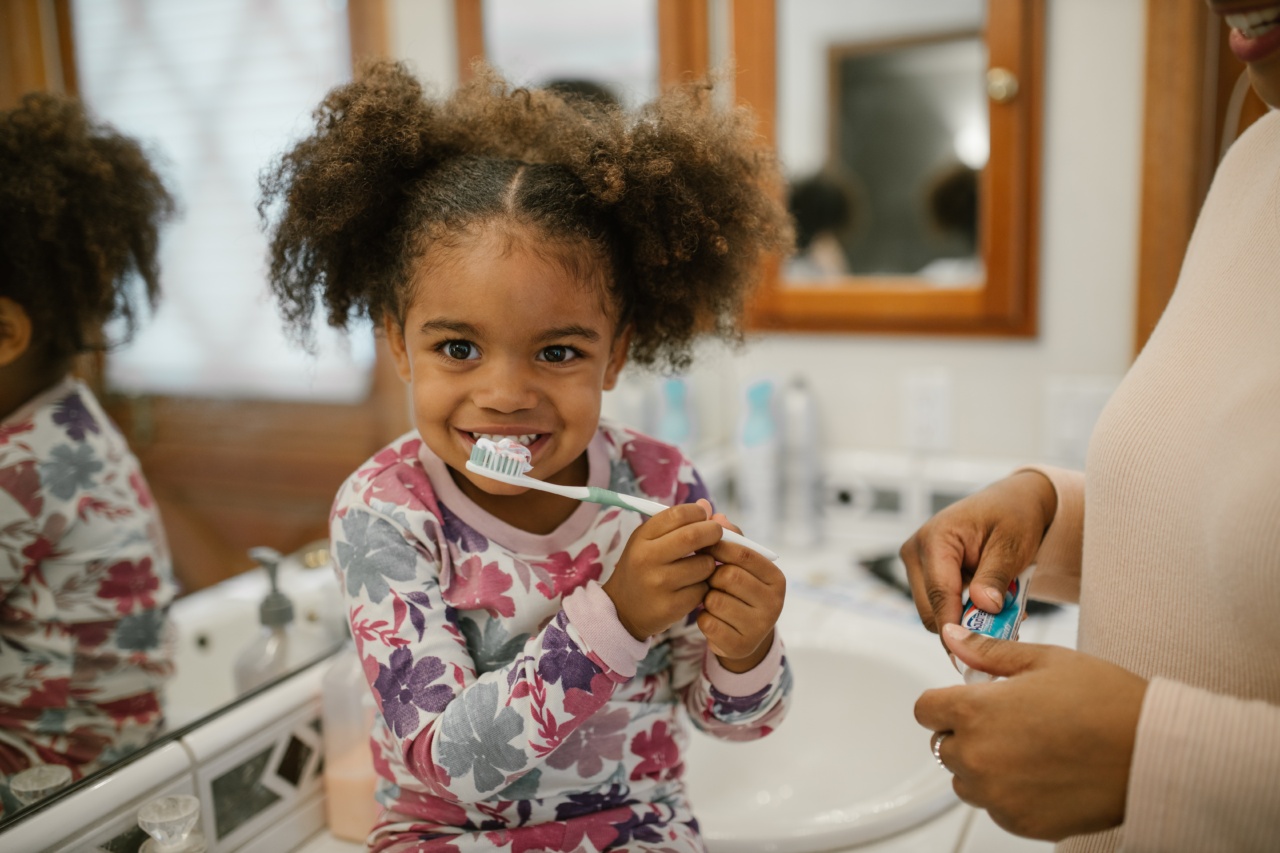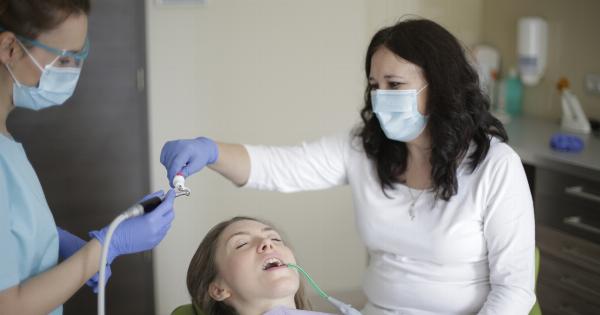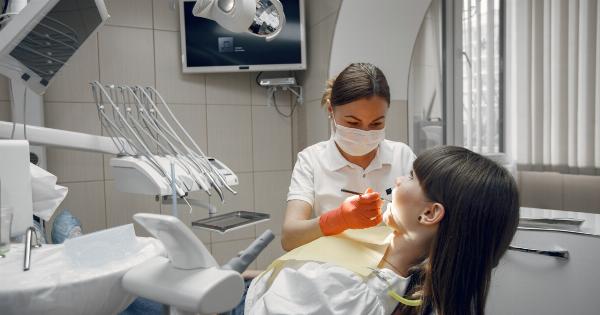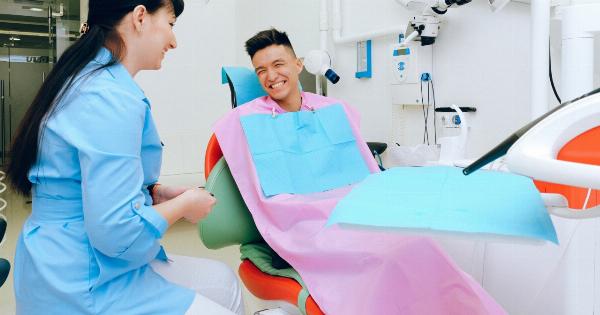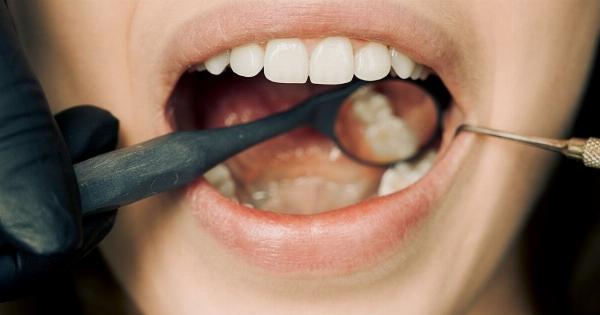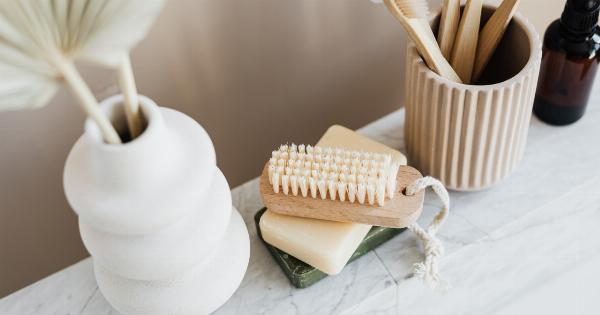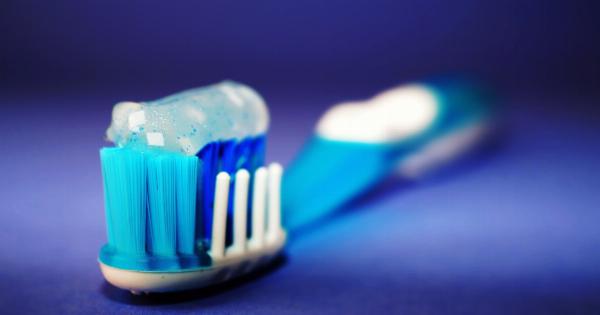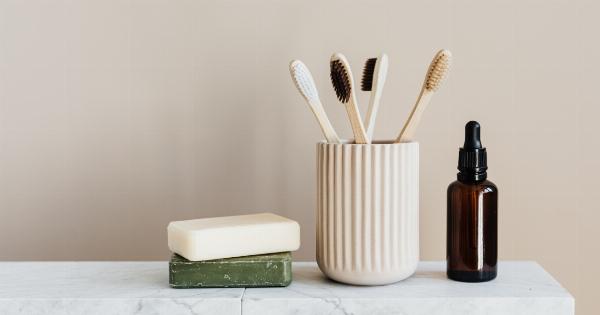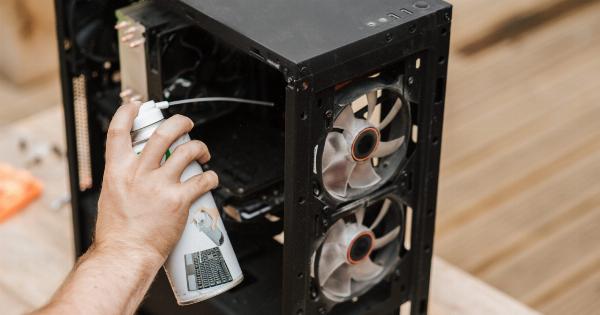Maintaining good oral hygiene is crucial for a healthy smile and overall well-being. One of the key aspects of oral hygiene is brushing your teeth regularly.
However, even if you diligently brush your teeth every day, you may still be making some common mistakes that could compromise the effectiveness of your oral care routine. In this article, we will highlight the most common teeth brushing errors that you need to avoid to ensure optimal oral health.
1. Not Brushing for an Adequate Duration
Many people underestimate the recommended brushing time, leading to ineffective cleaning. Dentists advise spending at least two minutes brushing your teeth in order to thoroughly clean all surfaces.
Use a timer or electric toothbrush with a built-in timer to ensure you brush for the recommended duration.
2. Brushing Too Hard
Brushing your teeth with excessive force can damage your tooth enamel and cause gum recession. Use gentle circular motions to clean your teeth instead of aggressive scrubbing.
A soft-bristled toothbrush can help prevent unnecessary pressure on your teeth and gums.
3. Using the Wrong Toothbrush
Choosing the right toothbrush is essential for effective brushing. Opt for a toothbrush with soft bristles that can easily reach all areas of your mouth. A toothbrush that is too large or too small for your mouth may not effectively clean all surfaces.
4. Not Brushing Your Teeth at the Right Angle
Brushing your teeth at the correct angle helps ensure that you reach all the nooks and crannies. Hold your toothbrush at a 45-degree angle to your gums and brush using gentle circular motions.
This technique helps remove plaque and food particles without causing any damage.
5. Neglecting the Gumline
Your gums are just as important as your teeth when it comes to oral hygiene. Failing to brush along the gumline can lead to gum disease and other oral health issues.
Be sure to angle your toothbrush to clean where your gums meet your teeth, using gentle strokes to remove bacteria and plaque.
6. Rushing Through the Process
Brushing your teeth should never be a rushed activity. Taking your time allows you to clean each tooth thoroughly. Be mindful as you move from tooth to tooth, making sure to brush all surfaces including the front, back, and chewing surfaces.
A thorough brushing session should take a few minutes, so avoid the temptation to rush.
7. Not Changing Your Toothbrush Regularly
Your toothbrush can harbor bacteria over time, which can compromise your oral hygiene routine. Replace your toothbrush every three to four months or sooner if the bristles become frayed.
A worn-out toothbrush will not effectively clean your teeth and gums.
8. Skipping Brushing Before Bed
Brushing your teeth before bedtime is crucial because it removes plaque, bacteria, and food particles that may have accumulated throughout the day.
Skipping this step allows the harmful bacteria to thrive overnight, which can lead to tooth decay and bad breath.
9. Not Rinsing Properly
After brushing, it is important to thoroughly rinse your mouth to remove any remaining toothpaste and debris. Gently swish water around your mouth, ensuring you reach all areas, including the gumline.
Proper rinsing helps maintain a clean mouth and fresh breath.
10. Not Using Dental Floss or an Interdental Brush
Brushing alone is not enough to maintain optimal oral health. You also need to clean between your teeth where your toothbrush cannot reach. Use dental floss or an interdental brush to remove food particles and plaque from these tight spaces.
Make flossing or interdental cleaning a part of your daily oral care routine.
Conclusion
By avoiding these common teeth brushing errors, you can significantly improve your oral health. Make sure to brush your teeth for an adequate duration with gentle circular motions, using a toothbrush with soft bristles.
Pay attention to the gumline, change your toothbrush regularly, and incorporate other oral hygiene practices like flossing. Consistency and proper technique are key to maintaining a healthy smile!.
